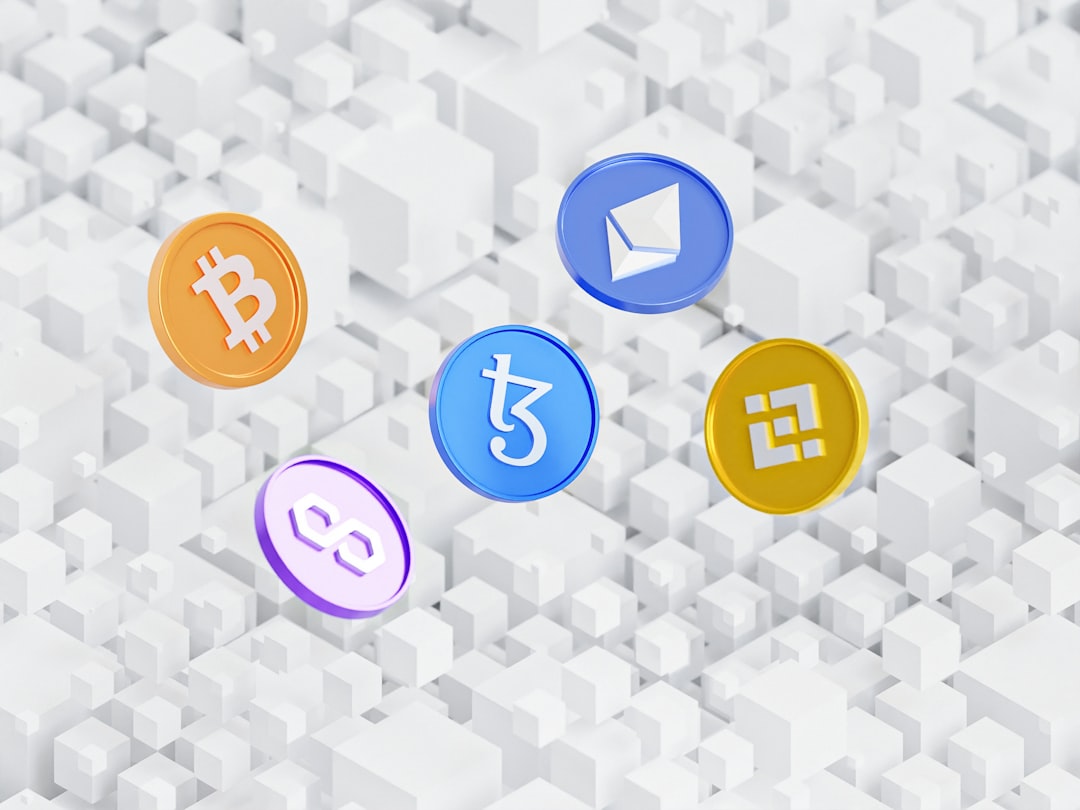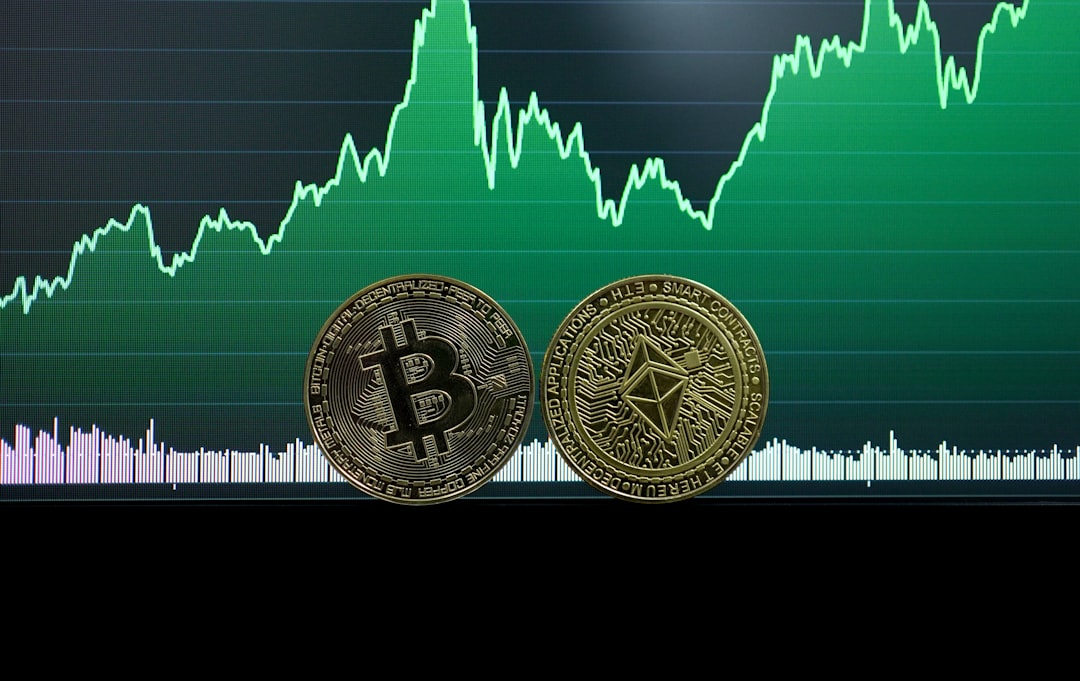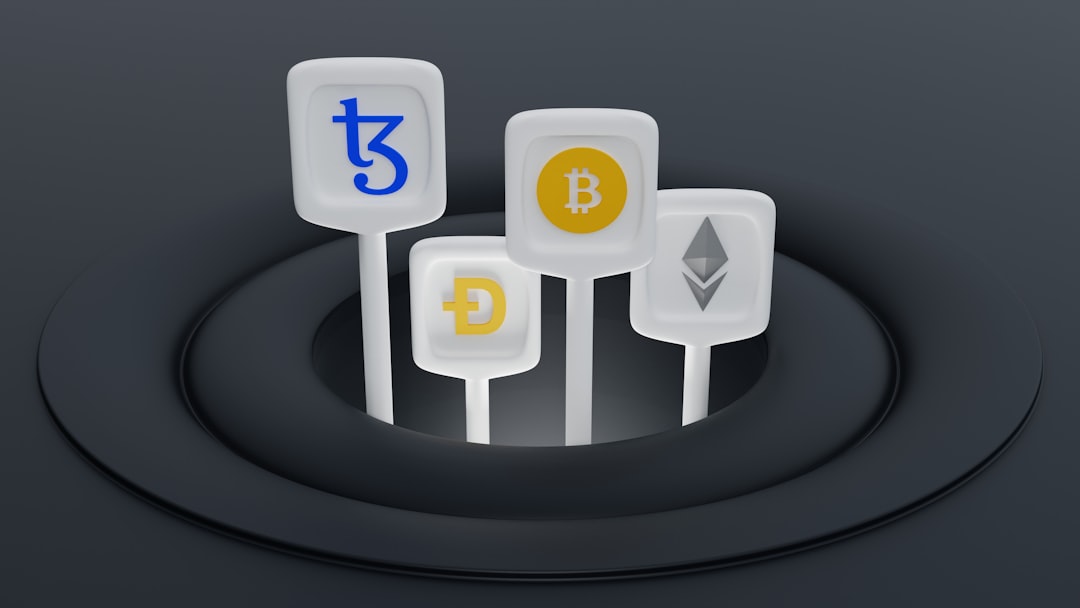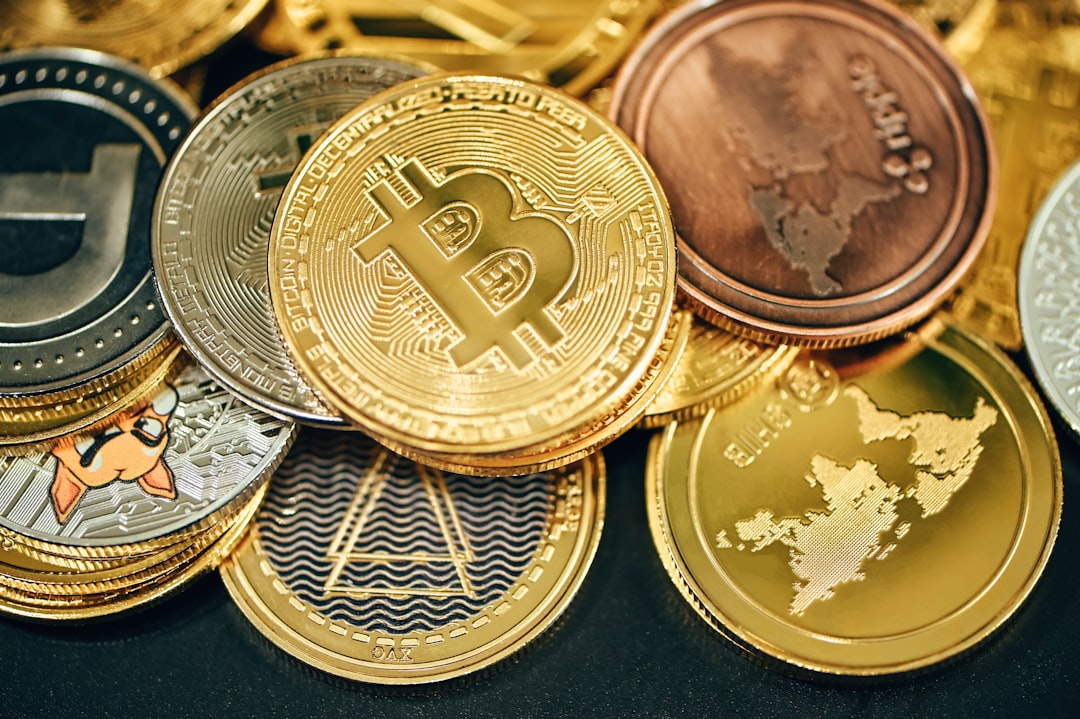With artists, collectors, and business executives from all over the world, NFT NYC 2022 promises to be the greatest event for fans of digital art. This much awaited event, which will present the newest developments in the non-fungible token (NFT) space, will take place in New York City, the center of the art world. For those who do not know, NFTs are distinct digital assets that are immutable and verifiable because they are stored on a blockchain. NFTs are unique creations that cannot be duplicated, in contrast to traditional art, which can be copied or reproduced.
Key Takeaways
- NFT NYC 2022 is the ultimate gathering for digital art enthusiasts.
- NFTs are changing the art world by providing a new way to authenticate and sell digital art.
- The rise of NFTs has had a significant impact on the art market, with record-breaking sales and increased interest in digital art.
- NFT NYC 2022 will feature keynote speakers and workshops from some of the biggest names in the NFT industry.
- Attendees can expect to see the best digital art exhibitions, buy and sell NFTs in the marketplace, and network with fellow NFT enthusiasts at after-parties.
The art world is undergoing a revolution as a result, with collectors and artists alike embracing this new type of digital ownership. Non-fungible tokens, or NFTs, are digital assets that stand in for ownership or provide evidence of the genuineness of a particular good or piece of content. The decentralized, transparent blockchain that maintains the asset’s immutability and security is where these tokens are kept. NFTs are distinct from other digital assets because of this. Since each NFT is unique, it cannot be duplicated or recreated.
Artists now have a plethora of new options at their disposal, as they can produce and market digital art in a manner that was previously unattainable. Through the provision of a new means of monetizing their work, NFTs are revolutionizing the art world. Because it was so simple to copy and share, digital art used to be frequently underappreciated and hard to sell. Artists can now produce limited edition digital works of art using NFTs, which they can then sell to collectors directly.
Collectors can then trade or sell the artwork on different NFT marketplaces. By enabling artists from all backgrounds and places to exhibit and sell their work, the emergence of NFTs has further democratized the art world. Without the assistance of conventional gatekeepers like galleries or art dealers, this has given up-and-coming artists new chances to become known and develop a following. Successful NFT sales include Beeple’s “Everydays: The First 5000 Days,” which became one of the most expensive works of art ever sold by a living artist when it went up for auction & brought in an incredible $69 million. Additional noteworthy sales include NBA Top Shot, a marketplace for the purchase, exchange, & trading of officially licensed NBA collectibles, and CryptoPunks, a collection of 10,000 distinct digital characters.
| Event Name | NFT NYC 2022: The Ultimate Gathering for Digital Art Enthusiasts |
|---|---|
| Date | February 3-4, 2022 |
| Location | Javits Center, New York City |
| Attendees | Expected 10,000+ digital art enthusiasts, collectors, investors, and creators |
| Exhibitors | 100+ leading companies and organizations in the NFT space |
| Speakers | 50+ industry experts, artists, and thought leaders |
| Topics | Blockchain, digital art, NFTs, gaming, music, sports, and more |
| Activities | Panel discussions, keynote speeches, workshops, art exhibitions, and networking events |
| Sponsors | Major companies and organizations in the NFT and blockchain space |
| Tickets | Starting at 299 for general admission and 999 for VIP access |
Despite being available for a while, NFTs have only lately begun to become widely recognized and well-liked. Increased interest in digital art, the growing acceptance of cryptocurrencies, and developments in blockchain technology are some of the reasons behind the rise of NFTs. By contesting the idea of physical ownership, NFTs are upending the established art market.
A physical object that could be kept or exhibited was once required to be the owner of a work of art. When using NFTs, ownership is completely digital and the artwork is only present digitally. Collectors are now placing a premium on digital assets, which has caused a change in how art is valued and acquired. The possibility of receiving royalties from secondary sales is one of the possible advantages of NFTs for artists. NFTs can be set up to automatically pay the artist a percentage of each resale, in contrast to traditional art sales, where artists frequently receive a one-time payment and have no control over subsequent sales.
This guarantees that artists are fairly compensated for the value that their work creates and gives them a consistent stream of income. NFTs do have some possible disadvantages, though, especially when it comes to their effect on the environment. Concerns concerning NFTs’ carbon footprint have been raised by the energy usage of blockchain technology. Climate change is exacerbated, according to critics, by the energy-intensive process of minting and trading NFTs.
The NFT community is actively tackling this problem with projects like carbon offsetting and the creation of blockchain solutions that are more energy-efficient. Anyone interested in digital art & NFTs should expect an immersive & educational experience from NFT NYC 2022. Keynote addresses, workshops, exhibits, and a market place for purchasing, selling, & trading NFTs are just a few of the varied events planned for the occasion. The exciting sessions & activities on the event schedule are tailored to suit the needs of both novice and experienced NFT enthusiasts.
There will be exhibitions featuring the greatest digital art from around the globe, workshops offering experiential learning opportunities, and keynote speakers sharing their knowledge and experiences. It’s crucial for anybody interested in NFTs and digital art to attend NFT NYC 2022 because it offers a special chance to hear from professionals in the field, connect with like-minded people, and find out about the newest developments. The place to be if you’re an artist looking to show off your work, a collector looking to add to your collection, or just inquiring about the world of NFTs is NFT NYC 2022. Some of the most prominent & inventive people in the NFT industry will be among the keynote speakers at NFT NYC 2022. The future of NFTs and digital art will be discussed by these speakers along with their observations, experiences, & predictions. Beeple, the artist behind the all-time NFT sale of “Everydays: The First 5000 Days,” will be speaking as one of the keynote speakers.
Due to his use of pop culture references mixed with social & political commentary, Beeple’s digital art has garnered him recognition on a global scale. He has collaborated with companies like Nike and Louis Vuitton, and his work has been shown in galleries and museums all over the world. Larva Labs, the team behind one of the most popular NFT projects to date, CryptoPunks, will also be presenting a keynote address. 10,000 distinct digital characters, known as CryptoPunks, each have unique characteristics and attributes.
Collectors now have a strong desire for these digital collectibles; some have been known to fetch multimillion dollar prices. Larva Labs will discuss their experiences & observations about the NFT and digital collectibles industries. Additional keynote speakers include prominent figures from the NFT world, such as artists, collectors, and business executives.
The keynote sessions are essential for anyone interested in NFTs and digital art because each speaker brings a distinct viewpoint and level of experience to the table. NFT NYC 2022 will feature a number of workshops in addition to the keynote addresses, giving attendees a chance to learn by doing. These courses cover a broad range of topics related to NFTs and digital art, and are intended for both novice and seasoned NFT enthusiasts. Workshops covering a range of topics, such as NFT creation, blockchain technology, digital art marketing, and legal considerations, will be facilitated by professionals in the industry.
In addition to asking questions & gaining useful skills that they can use on their own NFT projects, attendees will have the chance to learn from the top professionals in the field. It is crucial for anyone interested in NFTs & digital art to attend workshops at NFT NYC 2022 because they offer a rare chance to hear from seasoned experts and obtain knowledge of current trends and best practices. The workshops at NFT NYC 2022 offer something for everyone, be it an artist wishing to produce & market NFTs, a collector navigating the NFT market, or someone just inquiring about the technical & legal aspects of NFTs. Showcasing the best digital art from around the globe, NFT NYC 2022 will host a number of NFT art exhibitions.
These exhibitions bridge the gap between the digital and physical domains by offering a rare chance to view and enjoy digital art in a physical environment. Animation, virtual reality, augmented reality, & 2D and 3D art are just a few of the many artistic mediums & styles that will be showcased in the NFT art exhibitions. Visitors will have the chance to look around the exhibitions, engage with the artwork, and discover more about the artists and how they create.
It’s crucial for anybody interested in NFTs and digital art to visit the exhibitions at NFT NYC 2022. It’s a rare chance to learn about new artists, experiment with various artistic mediums, and develop a greater understanding of the potential of digital art. NFT NYC 2022’s art exhibitions are not to be missed, whether you’re an artist searching for ideas, a collector hoping to expand your holdings, or just interested in what the future of art holds. The NFT marketplace, where guests can purchase, sell, and trade NFTs, is one of the highlights of NFT NYC 2022.
Virtual real estate, collectibles, digital art, and other NFTs will all be available in the marketplace. Without the need for middlemen like galleries or art dealers, the NFT marketplace offers artists a singular chance to exhibit and sell their work to collectors directly. Also, it makes it possible for collectors to find and purchase one-of-a-kind digital assets to add to their collections. Anyone interested in purchasing, selling, or trading NFTs should make sure to visit the NFT marketplace at NFT NYC 2022.
This is because it offers a special chance to meet collectors and artists, learn about new NFT projects, and investigate the potential of digital ownership. The NFT marketplace at NFT NYC 2022 is the place to be whether you’re an artist trying to sell your pieces, a collector trying to add to your collection, or you’re just interested in learning more about the NFT marketplace. At the after-parties, attendees of NFT NYC 2022 can relax and socialize after spending the day discovering, investigating, & immersing themselves in the world of NFTs and digital art. Artists, collectors, NFT enthusiasts, and business professionals can all meet and connect at these casual gathering places.
NFT NYC 2022’s after-parties will have interactive activities, art installations, and live music, resulting in a lively and engrossing atmosphere. It will provide attendees with a platform to interact with like-minded people who are passionate about digital art and NFTs, exchange ideas, and share personal experiences. If you’re interested in networking and getting to know other NFT enthusiasts, it’s essential to attend the after-parties at NFT NYC 2022.
This is because it’s a special chance to meet people who are passionate about and have similar interests. At NFT NYC 2022, the after-parties are the ideal venue for networking, whether you’re an artist seeking collaborators, a collector seeking to connect with other collectors, or just interested in learning more about the NFT community. It’s critical to sign up for the NFT newsletter in order to remain informed about NFT NYC 2022 news and updates. Subscriptions to the newsletter will receive details on the itinerary of events, special guests, workshops, exhibitions, & more. It’s simple and cost-free to subscribe to the NFT Newsletter.
To receive regular updates about the event, just go to the NFT NYC 2022 website and enter your email address. In addition, the newsletter will feature special offers for subscribers, interviews with prominent figures in the industry, and original content. You can make sure you don’t miss any crucial information about NFT NYC 2022 by subscribing to the NFT newsletter. The NFT newsletter is a great resource if you’re interested in learning about the newest developments in the field of NFTs and digital art, whether you plan to attend the event or are just curious.
If you’re interested in learning more about the NFT scene in NYC, you won’t want to miss this article from the NFT Newsletter. They recently published an insightful piece titled “Exploring the Future of NFTs in NYC: A Look at NFT NYC 2022.” This article provides a comprehensive overview of the event, highlighting key speakers, panel discussions, and emerging trends in the NFT space. To dive deeper into this exciting topic, check out the article here.
FAQs
What is NFT NYC 2022?
NFT NYC 2022 is a conference and expo dedicated to non-fungible tokens (NFTs) that will take place in New York City in February 2022.
What are non-fungible tokens (NFTs)?
Non-fungible tokens (NFTs) are unique digital assets that are stored on a blockchain and cannot be replicated or exchanged for something else.
Who is organizing NFT NYC 2022?
NFT NYC 2022 is organized by the team behind NFT.NYC, a community-driven organization that aims to promote the adoption and understanding of NFTs.
What can attendees expect from NFT NYC 2022?
Attendees can expect to hear from industry leaders, participate in workshops and panels, and network with other professionals in the NFT space. There will also be an expo featuring NFT projects and companies.
Who should attend NFT NYC 2022?
NFT NYC 2022 is open to anyone interested in NFTs, including artists, collectors, investors, developers, and entrepreneurs.
How can I register for NFT NYC 2022?
Registration for NFT NYC 2022 is not yet open, but interested attendees can sign up for updates on the conference website.









